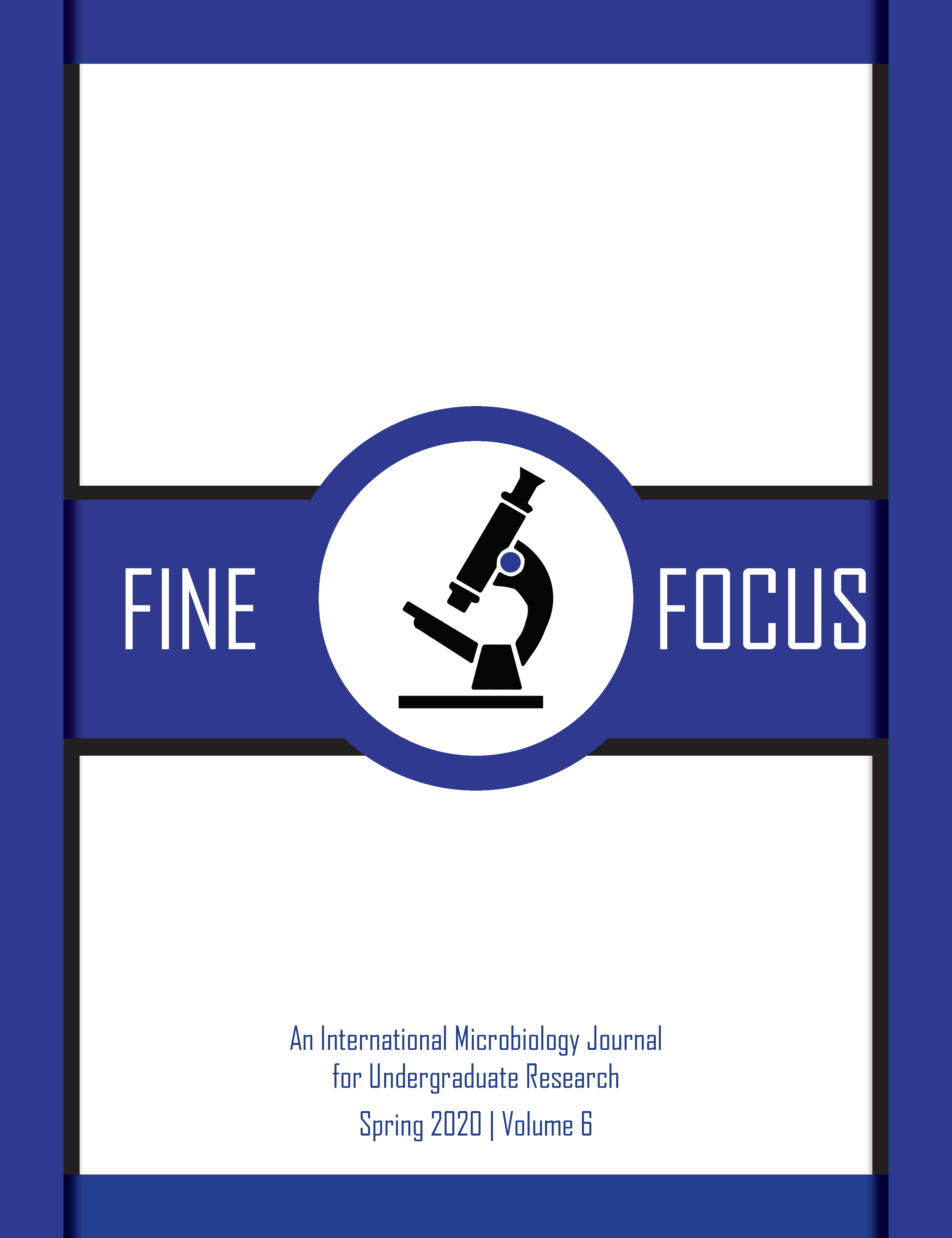The prevalence and identification of multidrug-resistant bacteria in adjacent ecological systems in the Hocking Hills region of Appalachia
DOI:
https://doi.org/10.33043/FF.6.1.54-75Abstract
Multidrug resistance in clinical settings is a major threat to human health, but very little is known regarding the prevalence of multidrug-resistant organisms in the natural environment. Studying antibiotic resistance in the environment is important for understanding the transfer of resistance between environmental microorganisms and those found in healthcare settings. In this study, soil samples from seven adjacent ecological zones were evaluated to determine if there were differences in the amount and types of antibiotic-resistant bacteria present. We hypothesized that we would find antibiotic-resistant bacteria in all ecological zones studied and that these bacteria would be unique to their specific niche. Several resistant organisms from each site were also tested for multidrug resistance and subsequently identified through DNA sequencing of the 16S gene. Antibiotic resistance was discovered in all sites at varying percentages. Some forms of bacteria were present at all sites, but there were differences in types of resistant bacteria found between sites. Six different genera of bacteria were identified, and multidrug resistance was found in all the isolates studied. Our findings indicate that multidrug resistance is prevalent in many different types of environments, including those that have never been directly used for agricultural or urban development.
Downloads
Downloads
Published
How to Cite
Issue
Section
License
Copyright (c) 2020 Orion D. Brock & Jennifer R. Larson

This work is licensed under a Creative Commons Attribution-NonCommercial-NoDerivatives 4.0 International License.
By submitting to Fine Focus, the author(s) agree to the terms of the Author Agreement. Beginning in Fall 2018, all authors retain copyrights associated with their article contributions and agree to make such contributions available under a Creative Commons Attribution-NonCommercial 4.0 International license upon publication in Fine Focus. Copyrights to articles published prior to Fall 2018 have been transferred from the authors to Fine Focus.



